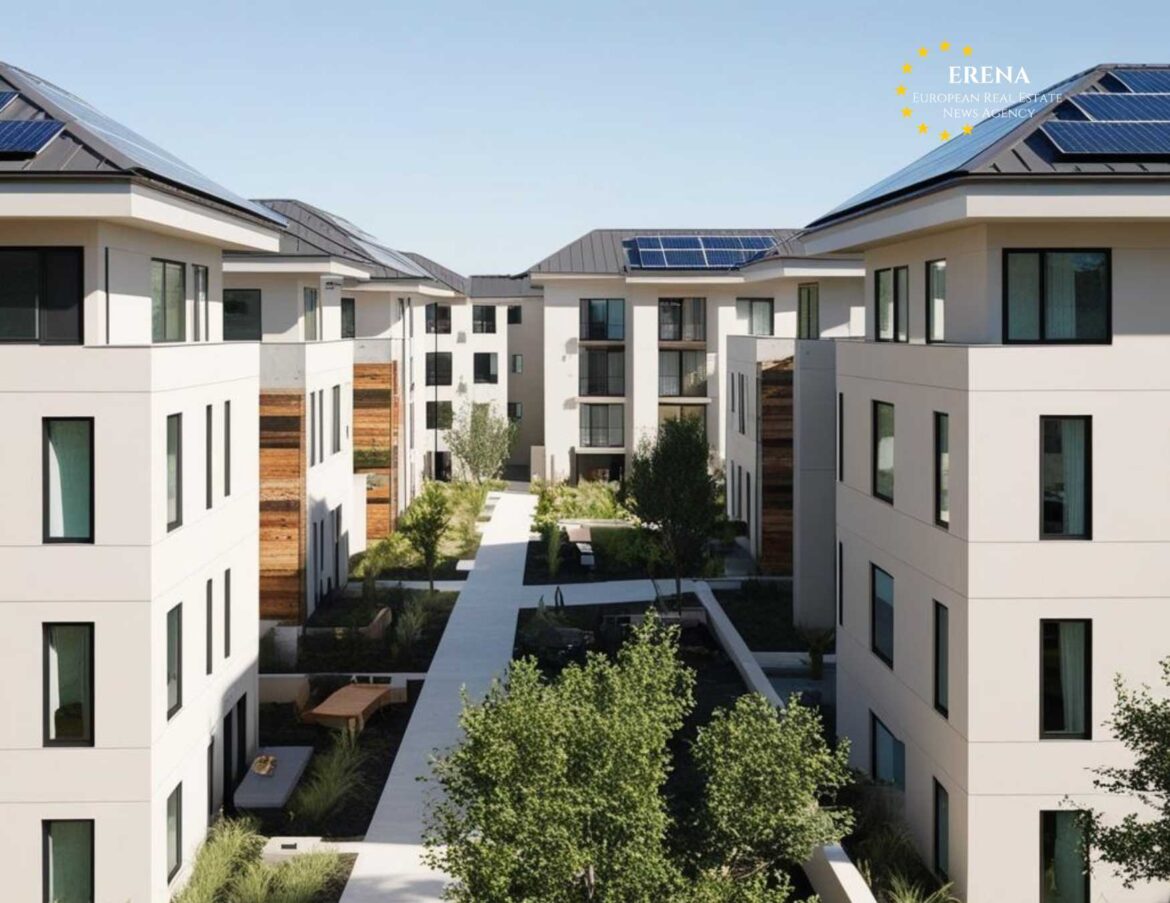In 2025, building design is undergoing significant transformation, shaped by technological innovation, environmental priorities, and the ongoing recovery from global economic and social disruptions. Rising material costs, sustainability imperatives, and the demand for adaptable, human-centric spaces are driving new architectural approaches across the globe. This article explores the major trends in building design in 2025, analyzes cost structures, and examines how the industry is rebounding and redefining itself.
Rising Costs and the New Economics of Design
Following the economic turbulence of 2020–2023, including the COVID-19 pandemic and supply chain disruptions, construction in 2025 continues to be affected by inflation in material and labor costs. The prices of steel, concrete, timber, and insulation materials have increased by 20–40% compared to pre-pandemic levels. As a result, architectural design must now account for much stricter budget management and resource optimization.
According to industry data, the average cost of architectural design for a mid-rise residential building in Europe now ranges from €120 to €150 per square meter, with premium projects reaching up to €300/m². These figures cover not only architectural services but also mandatory BIM modeling, energy performance analysis, and regulatory compliance coordination.
Key Building Design Trends in 2025
Architectural trends in 2025 are increasingly driven by sustainability, technology integration, and space flexibility. As urbanization accelerates and the climate crisis intensifies, architects are rethinking how buildings interact with people, the environment, and future needs.
1. Sustainability and Decarbonization
Sustainable design is a default expectation in most new projects. Key elements include:
- Use of recycled and locally sourced materials
- Passive cooling and ventilation systems
- Green roofs and vegetated facades
- Solar panel integration and rainwater harvesting
Certifications such as BREEAM, LEED, and WELL are now essential for commercial developments, raising costs but boosting long-term asset value and attractiveness to tenants and investors.
2. Multifunctionality and Flexibility
Buildings are being designed for transformation. Offices can be converted into housing, and parking structures can become coworking spaces or logistics hubs. This trend is especially prevalent in high-density cities where land prices exceed €5,000–10,000 per square meter.
3. Digitalization
Architectural design is increasingly digital, using VR/AR for client visualization, AI for floor plan optimization, and cloud-based platforms for collaborative modeling. This enhances approval timelines and enables performance forecasting before construction begins.
4. Localization and Cultural Identity
Post-globalization, architects are rediscovering local materials and vernacular styles. In 2025, we see a resurgence of handcrafted brickwork, native woods, and facade treatments reflecting regional aesthetics and climate responsiveness.
ESG and Regulatory Pressure
In 2025, building design is closely linked to ESG (Environmental, Social, Governance) standards and stricter regulations. Developers must consider:
- A building’s carbon footprint throughout its life cycle
- Minimum energy efficiency ratings (often A+ or higher)
- Reuse and recyclability of materials at the end of the building’s life
Countries like Germany, France, and the Netherlands have introduced tighter construction codes. These drive design adaptations, such as simplified forms, extended eaves, and integrated smart systems for climate control.
The Shift Toward Renovation and Adaptive Reuse
In 2025, many European cities are moving away from demolition in favor of deep renovation and adaptive reuse. This approach:
- Cuts carbon emissions by up to 60% compared to new builds
- Preserves architectural heritage and cultural assets
- Reduces project costs by 20–25%
Examples include the conversion of outdated office blocks in Berlin and Paris into residential units and community spaces. These projects typically range from €1,800 to €3,500 per square meter, depending on complexity and location.
Innovations in Interior Design
Architectural projects in 2025 increasingly incorporate smart, health-conscious interiors:
- Modular, customizable layouts
- Built-in smart home systems
- Natural lighting via light wells and glass atriums
- Low-emission, toxin-free materials
Interiors are no longer purely decorative — they are functional tools that support acoustic comfort, remote work, and well-being.
Recovery After the Crisis
After a slowdown in new construction from 2021 to 2023, the market in 2025 shows strong signs of recovery, especially in countries like Poland, Spain, and Finland, where demand for housing and commercial space is growing. Developers are embracing new design models aligned with contemporary realities:
- Energy-efficient neighborhoods with limited car access
- Pedestrian-first districts with integrated micro-mobility
- Shared terraces, rooftop gardens, and collaborative workspaces
These projects are often funded through ESG-aligned investment funds, EU infrastructure packages, and private equity initiatives.
Looking Ahead to 2026 and Beyond
Between 2026 and 2030, architectural design is expected to become even more automated and data-driven. Key trends on the horizon include:
- Self-regulating buildings that adapt interior climate in real time
- AI-driven urban planning and neighborhood design
- Bio-based materials like mycelium panels and algae facades
- Net-zero and net-positive buildings that are fully self-sustaining
Conclusion
The architecture of 2025 reflects how the industry is responding to the challenges of our time — from climate change to economic volatility and technological disruption. Today’s building design is more flexible, digital, sustainable, and human-centered than ever before. Despite rising costs, the industry is adapting, offering solutions that will shape the smart, resilient, and livable cities of tomorrow.

